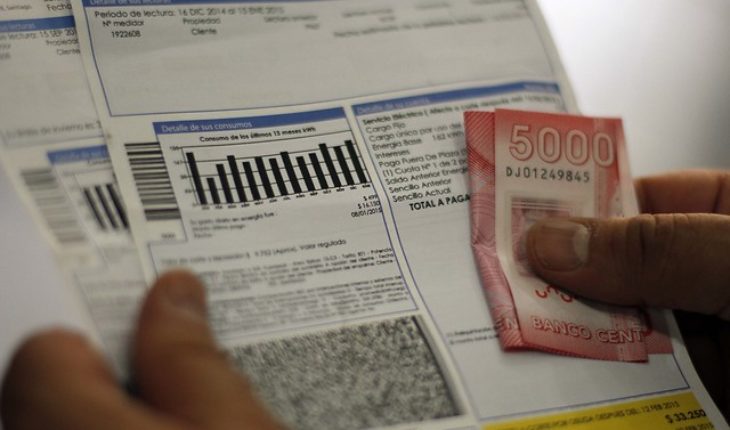Analyses explaining the price spike in electricity bills can be summed up mainly because To a major exchange rate, and on the other hand, to the entry of contracts at higher prices. The first point is that the electric tariffs are fixed in dollars. The second is more interesting, as it has to do with bids made in the year 2014, which recently started supplying this year.
In this sense, it is important to remember the context of when these contracts were signed. We came from a country hit by the Argentine gas crisis, tending strongly to the carbonization of the Matrix, with a very high energy price-up to four times the value we see today in the market. The four largest companies, with no higher competition income, prevailed. In this context, the tenders of regulated supply, necessary for the supply of the Chilean households, were closing at very high prices, or rightly declaring themselves deserted. The bidding prices that are being activated on the 2019 reflect this market reality.
At that time, the developing companies of non-conventional renewable energy projects (NCRE) were waiting for favorable conditions to be able to enter. The biggest obstacle: to get a long-term contract, which would allow it to meet the requirements of the banks to obtain financing, to finally build the plant.
The public policies applied to the subsequent tenders attended the barriers of entry to the market for the NCRE, achieving, on the one hand, the signature of supply contracts for regulated clients; And on the other, the entry of new players and increased competition, being awarded multiple new companies, many of them with NCRE technology, with a favorable contract to obtain the necessary financing. As a result, these technologies were able to compete hand in hand with the rest, and come out victorious.
In conclusion, the income of the companies NCRE in the market through the contracts of regulated supply were in the end the driver for the reduction of prices that we see today. The contracts that we now catalogue as expensive, are the cost that we have to pay for a transition period with a previous market reality. The modifications made to the regulated supply tenders turned out to be a very favorable policy to allow us to have a cleaner and more sustainable matrix at very convenient prices today.
Finally, the regulated clients will see that the prices are reduced to the year 2021, when the contracts linked to the tendering 2015/01 are in force, and the 2024 will be deepened, with the entry of the tender 2017/01. For now, we will have to look to be more energy efficient.
The content poured in this opinion column is the sole responsibility of its author, and does not necessarily reflect the editorial line or position of the counter.





